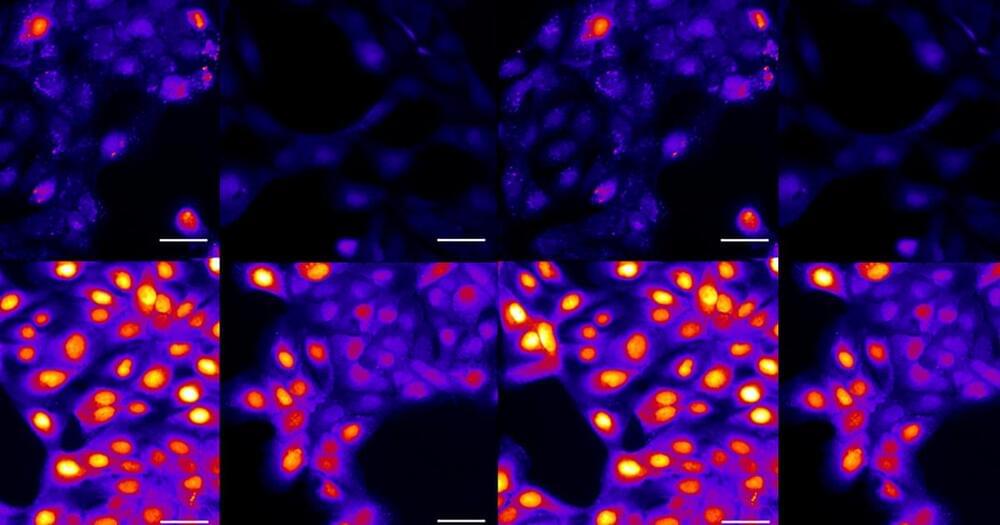Not a cure all but it helps fight some cancer.
Lidocaine, a common local anesthetic, activates proteins that cause certain types of cancer cells to self-destruct.


The potential impact of generative AI on the economy, society, and work is polarizing, swinging from the positive benefits of a technological revolution to doomsday scenarios. The authors have come to think about this issue as points on a spectrum and have created a sports analogy to help think about it: AI tools can range from steroids, to sneakers, to a coach, each representing a different relationship between human users and the technology. Steroids elevate short-term performance, but leave you worse off in the long term. AI-powered tools can instead be used to augment people’s skills and make them more productive — much like a good running sneaker. On the most desirable end of the spectrum, AI-powered tools can be used like a coach that improves people’s own capabilities. This framework can be used to help conceptualize how we might craft AI-based tools that enhance rather than diminish human capabilities.
Page-utils class= article-utils—vertical hide-for-print data-js-target= page-utils data-id= tag: blogs.harvardbusiness.org, 2007/03/31:999.368607 data-title= A Sports Analogy for Understanding Different Ways to Use AI data-url=/2023/12/a-sports-analogy-for-understanding-different-ways-to-use-ai data-topic= AI and machine learning data-authors= Jake M. Hofman; Daniel G. Goldstein; David M. Rothschild data-content-type= Digital Article data-content-image=/resources/images/article_assets/2023/11/Nov23_22_200404124-001-383x215.jpg data-summary=
Will next-gen tools be used as a steroid, sneaker, or coach?



Meta’s chief scientist sees the current state of the AI industry as an “ongoing war”, claiming that NVIDIA’s CEO Jensen Huang is supplying the weapons for it.
Meta’s Chief Scientist Believes NVIDIA is Fueling “AI Developments” However, It is Far From Human-Level Intelligence
This coverage sort of gives a one-sided perspective of what professionals like Yann perceive about the AI industry, and his comments are fairly interesting, considering that he sees the current state of artificial intelligence as far from resembling “human” characteristics.


Artificial intelligence may never reach its full potential without a body to interact with the physical world. Roboticist Josh Bongard says that the push for “embodied AI” is suggesting a rethink of what it means to design intelligent robots.
By Edd Gent

The “bot development platform” will be launched as a public beta by the end of the month, according to an internal memo seen by the Post.
The move aligns with the company’s new strategic vision to “explore new generative AI products and how they can integrate with the existing ones”, the companywide notice said.
The social media giant has already been working on its own text-to-image generator similar to Midjourney, according to a person familiar with the matter.
